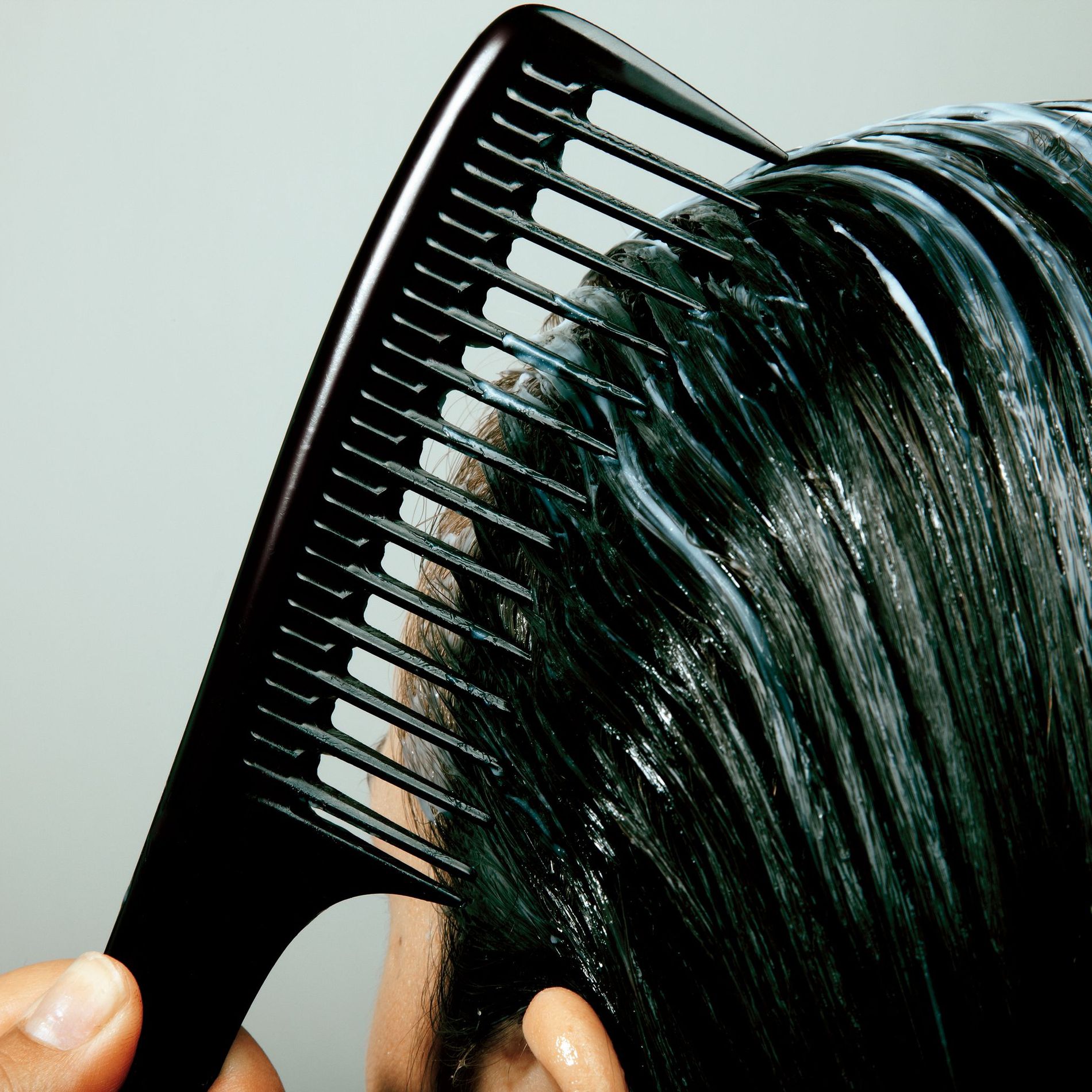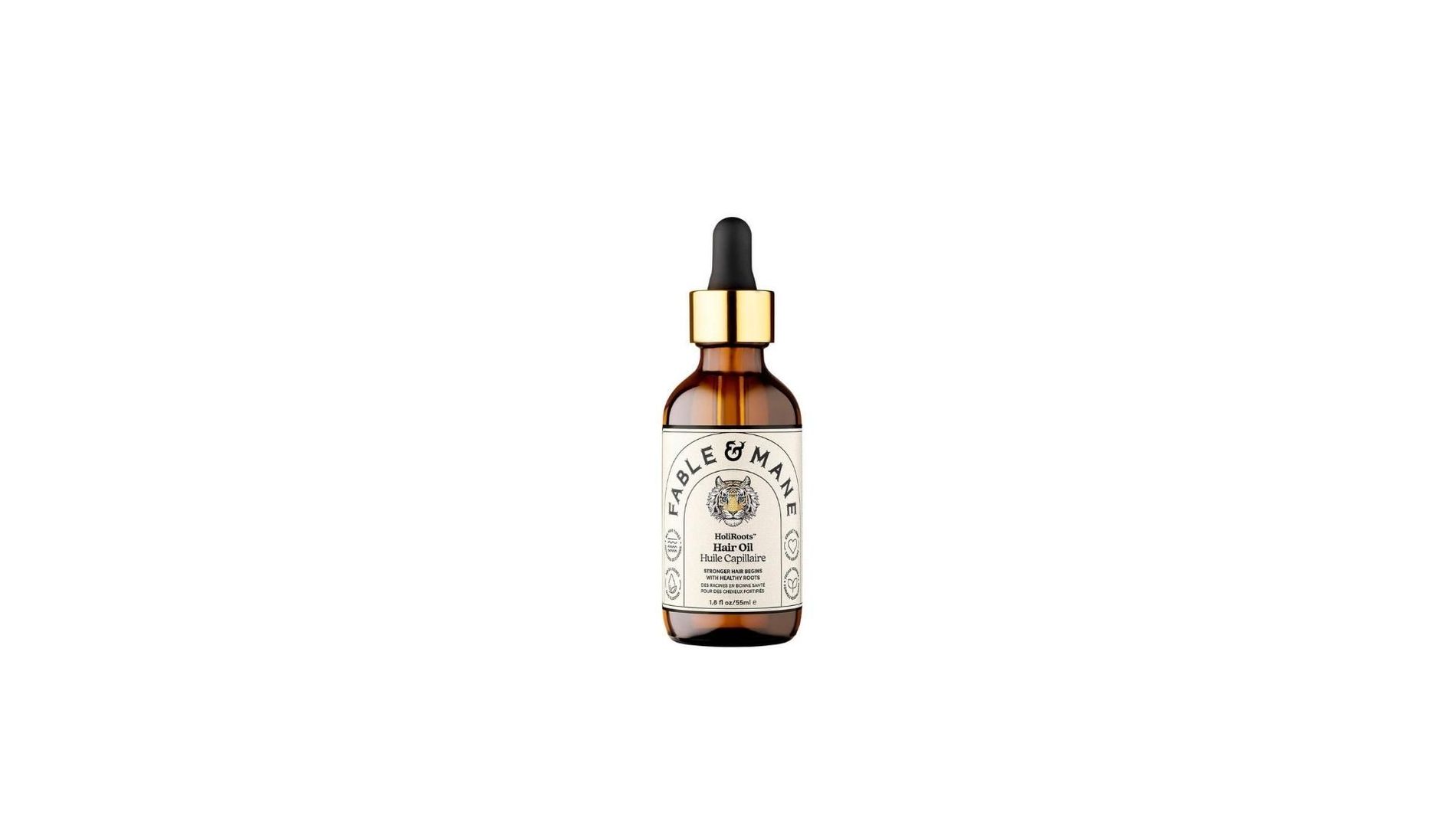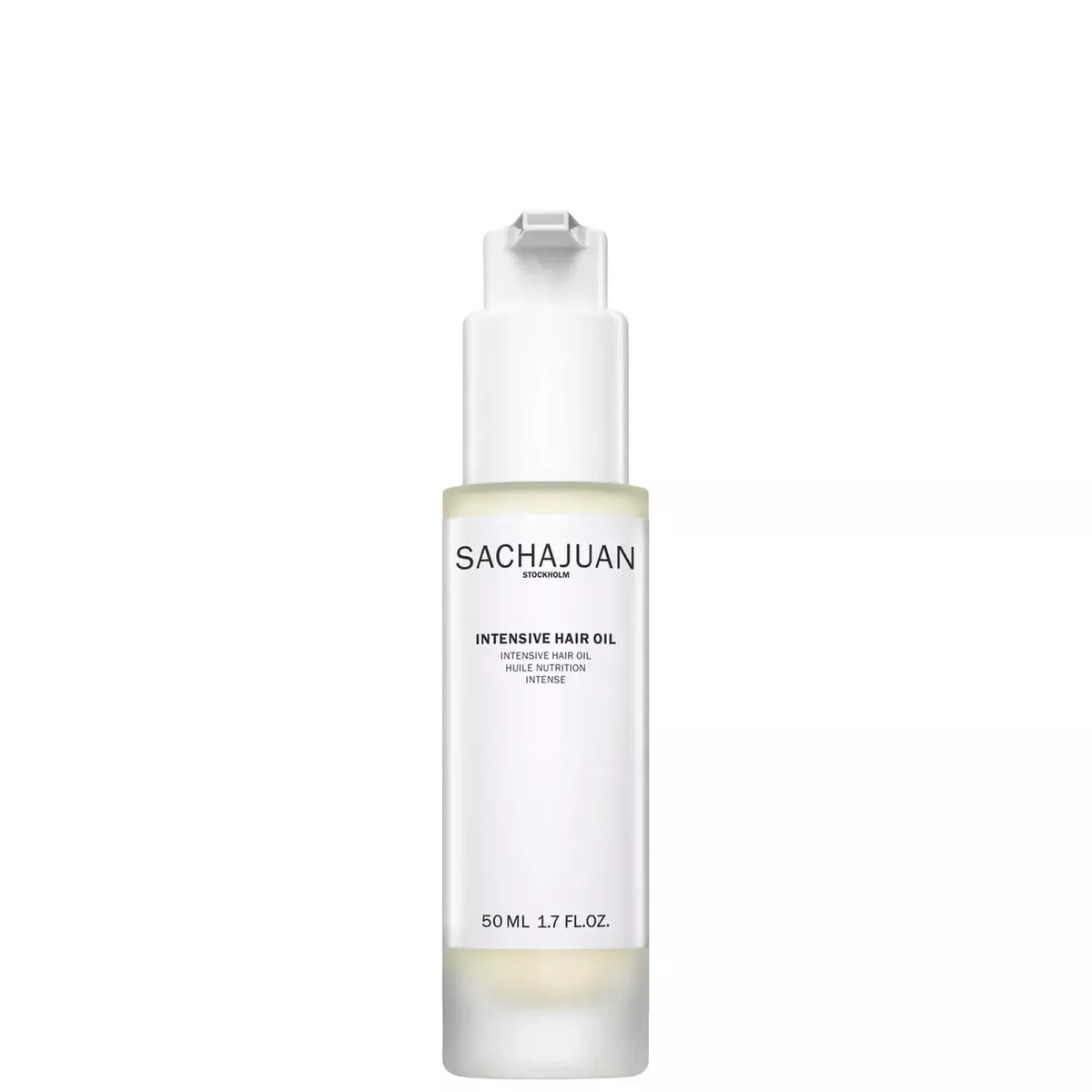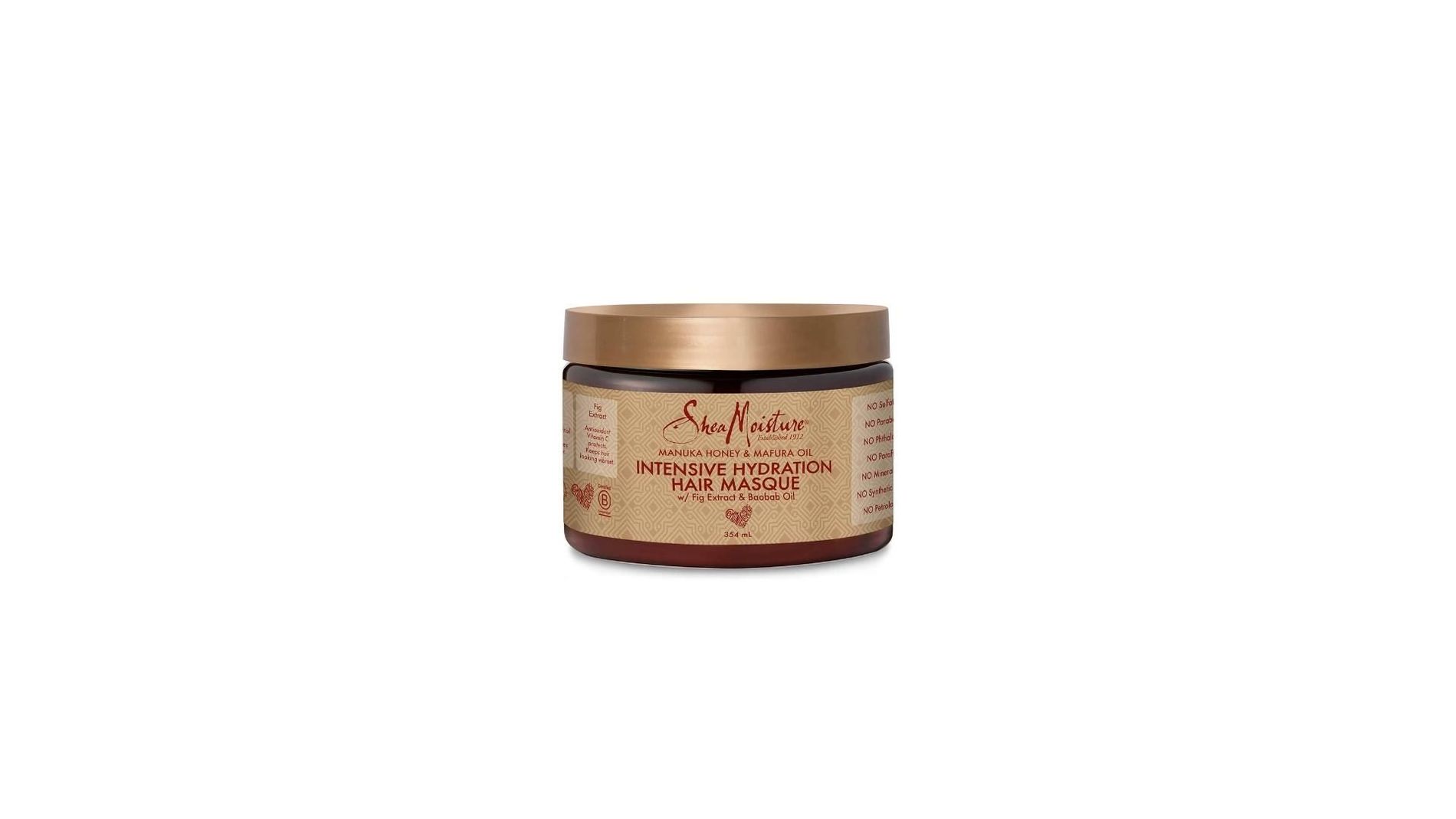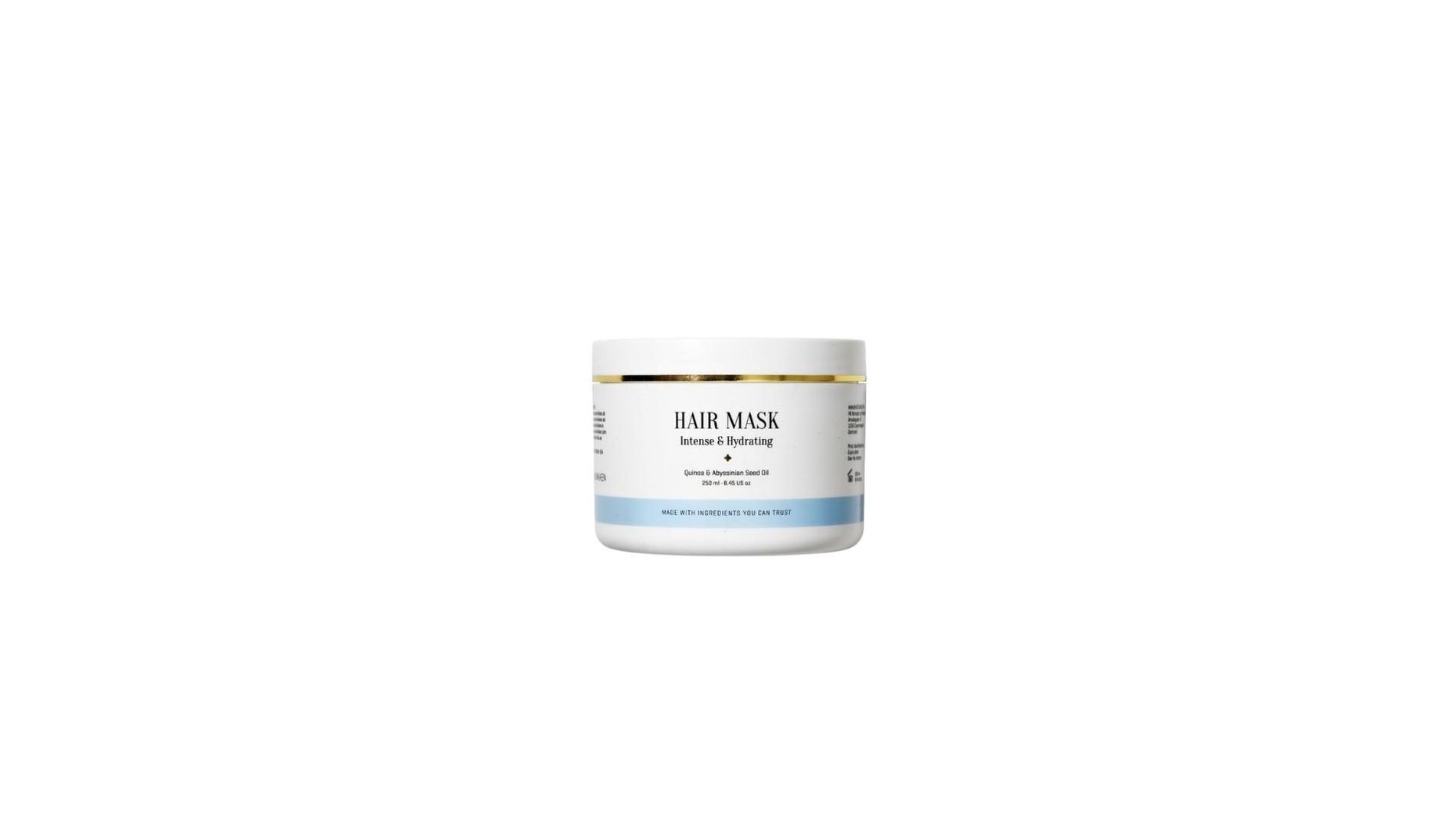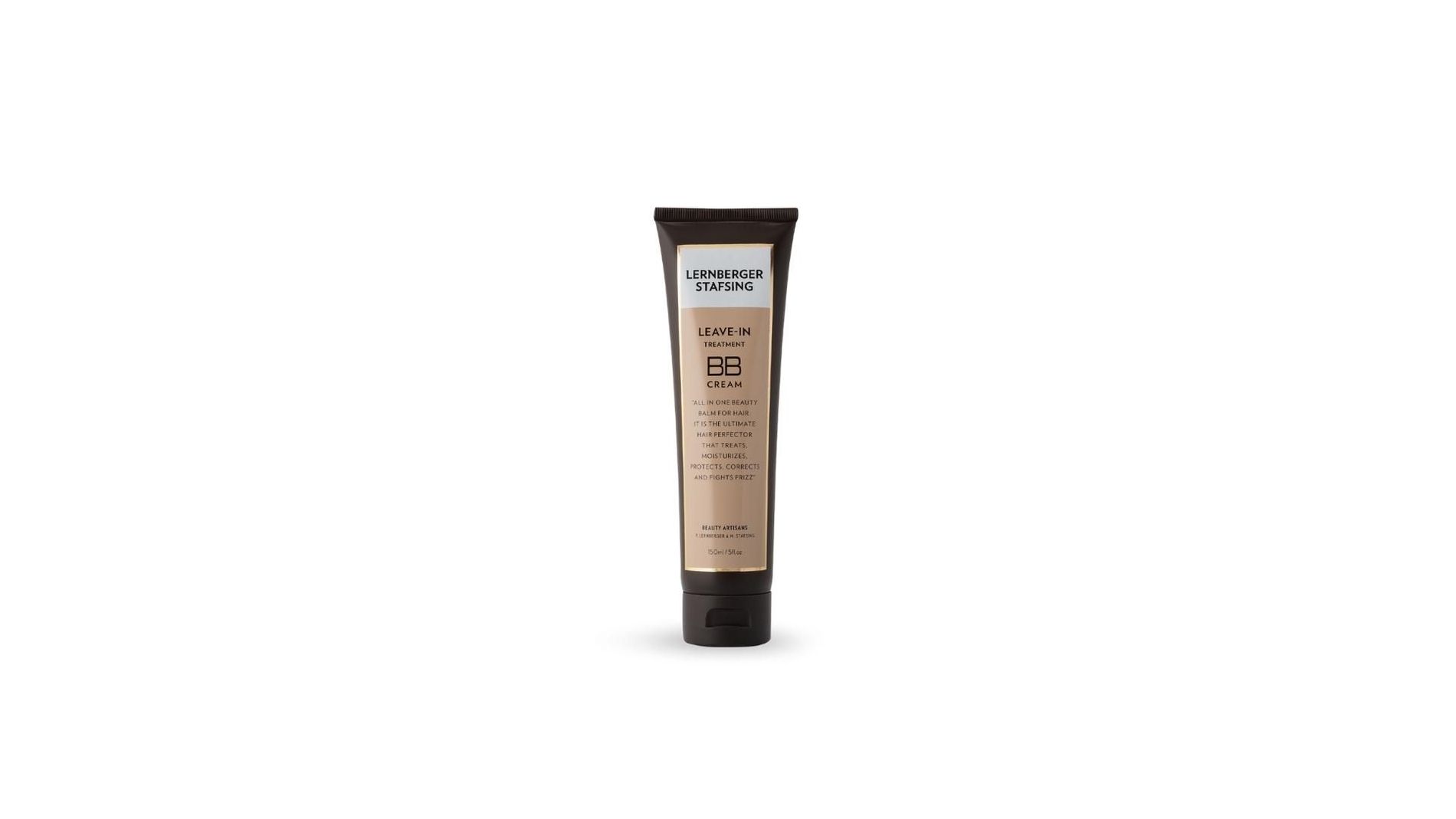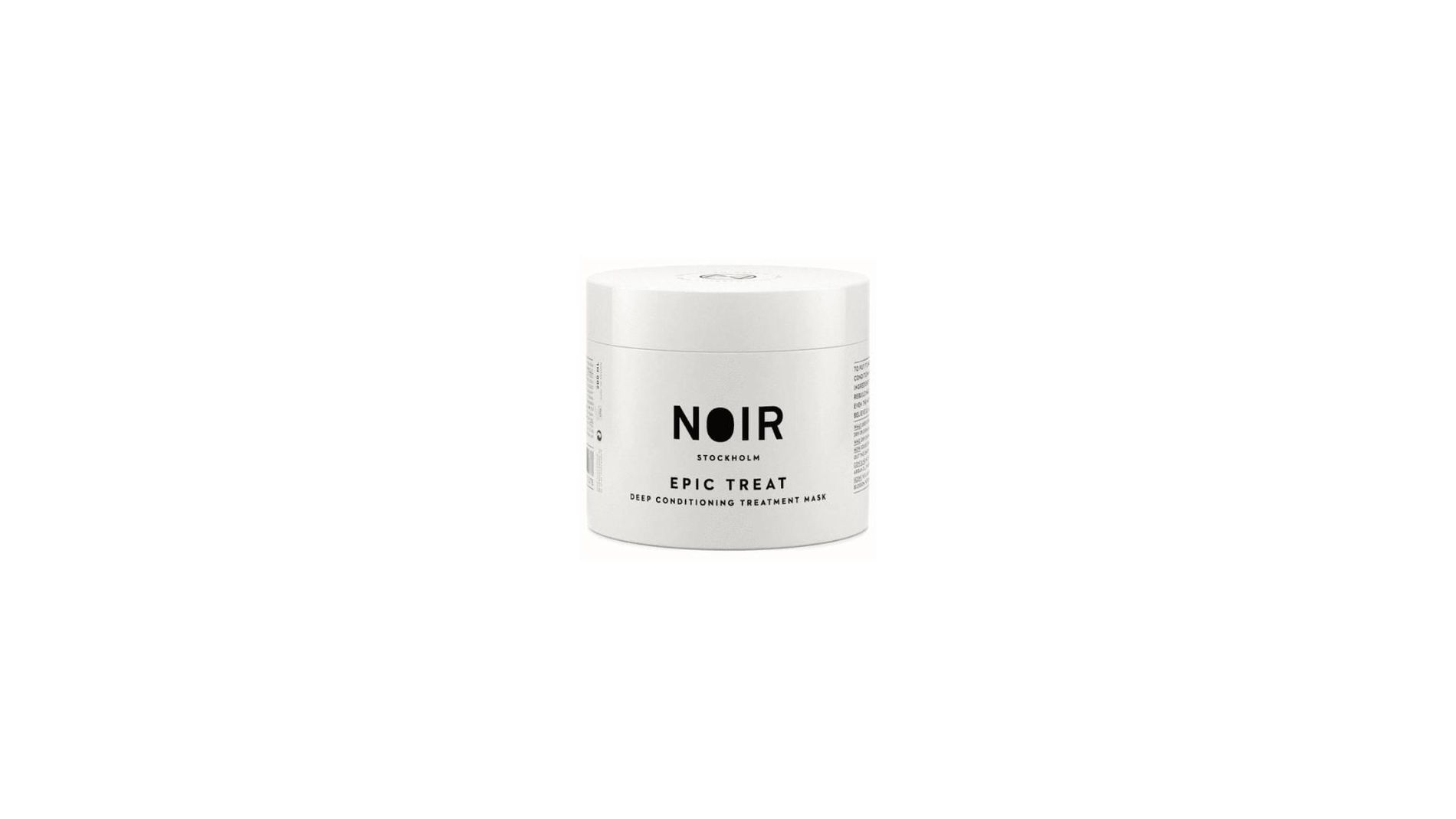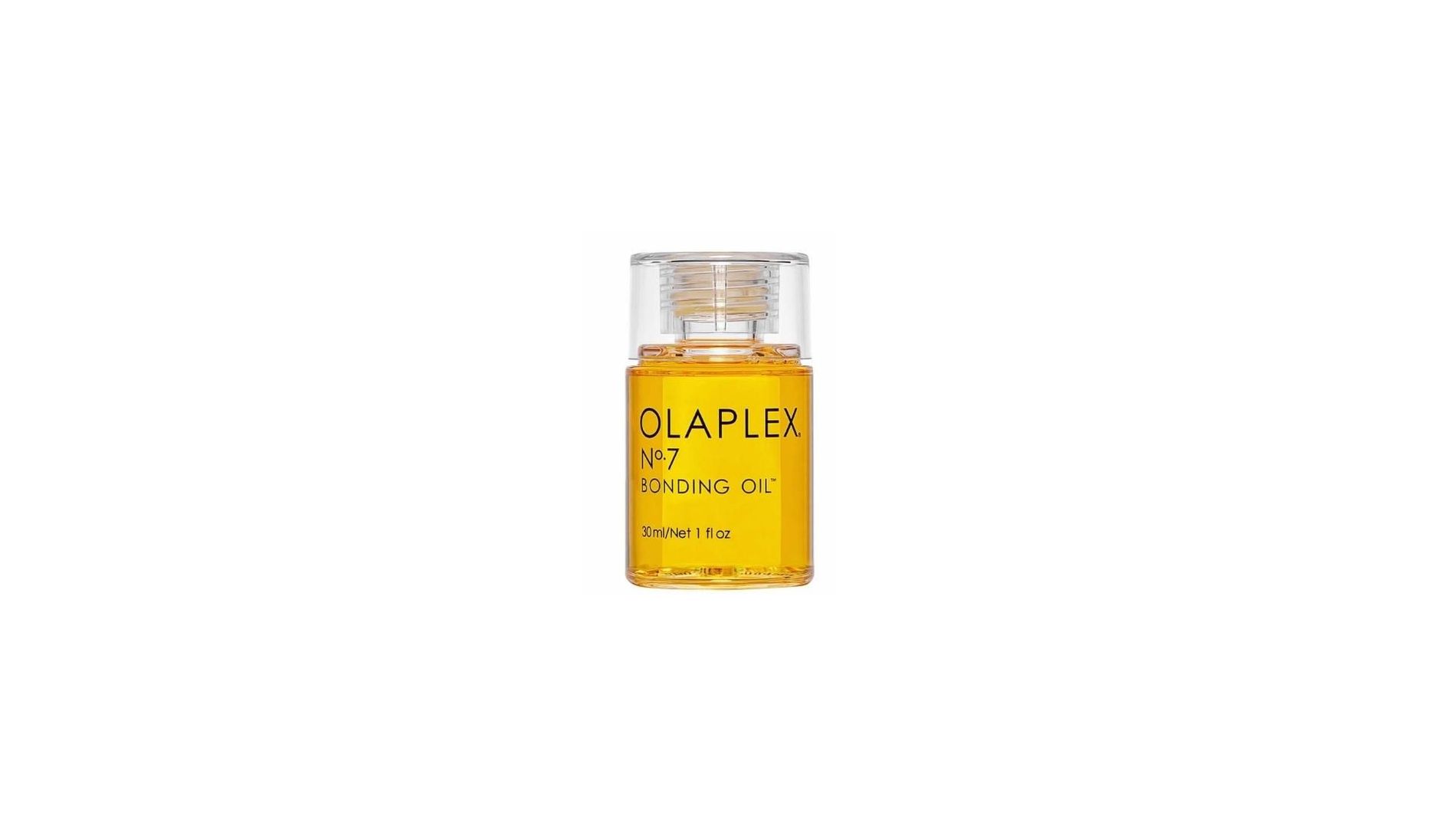A Scandinavian hair pro gives his verdict on this viral Korean technique
All products featured on Vogue are independently selected by our editors. However, when you buy something through our retail links, we may earn an affiliate commission.
"Slugging for both hair and skin isn’t a new idea," says Hans Nilsson, creative director of Noir Stockholm.
Derived from Korean skincare, its first iteration involved slathering skin in a moisture-trapping occlusive – most commonly petroleum jelly –before going to bed, as a way of swerving seasonal dryness or flakiness.
But another form of slugging is currently going viral on TikTok, and if the after-shots of enviably shiny strands loaded up with masks and oils is anything to go by, hair slugging is a trend that will see us through summer into the winter months.
What is hair slugging?
Hair slugging works on the same premise as skin slugging: apply an oil or mask all over damp, cleansed hair and tuck all of it up into a fluffy sock overnight. Long before TikTok popularised the technique, black and Asian cultures have incorporated hair slugging into their self-care rituals. Hair oiling, for example, is an Ayurvedic ritual that has as much to do with self-care as it does with haircare.
Long before TikTok popularised the technique, black and Asian cultures have incorporated hair slugging into their self-care rituals.
How to slug for glossy strands
A few adjustments to the TikTok technique will turbo charge the results. First and foremost, lavish the ends of your hair with more product than the scalp as that is the oldest part of the strand and most prone to damage.
While the majority of TikTok videos involve combing the hair into a tight ponytail, Nilsson recommends "gently twisting the hair into a loose bun" as hair tends to be weaker when soaked in oil or water so styling it in a tight ponytail can lead to breakage.
While the heat from under a wrap helps the product to penetrate the scalp skin and hair cuticle, you should dispense with the cotton sock. A silk turban or silk pillow case allows hair to absorb the product without creating any damaging friction.
What are the benefits?
Oils and serums help to lock in moisture, which makes hair slugging the perfect SOS treatment for parched or damaged strands. "Slugging saves time when styling hair and adds much-need care and lustre to dry strands," says Nilsson.
Are there any downsides to hair slugging?
If a heavy coat of oil or a mask isn’t properly removed, it can clog pores and lead to breakouts along the hairline. "But the biggest downside to slugging is that once you start applying oil to wet hair, it can be hard to control how much you're using and hair can be left feeling heavy and greasy," says Nilsson.
While thicker oils such as argan and coconut oils work well on thick and Afro hair, fine hair textures should coat their hair with either a more lightweight grapeseed oil or a nourishing mask designed specifically for more wispy strands. Those already prone to oily roots should slug sparingly to avoid weighing their hair down.
